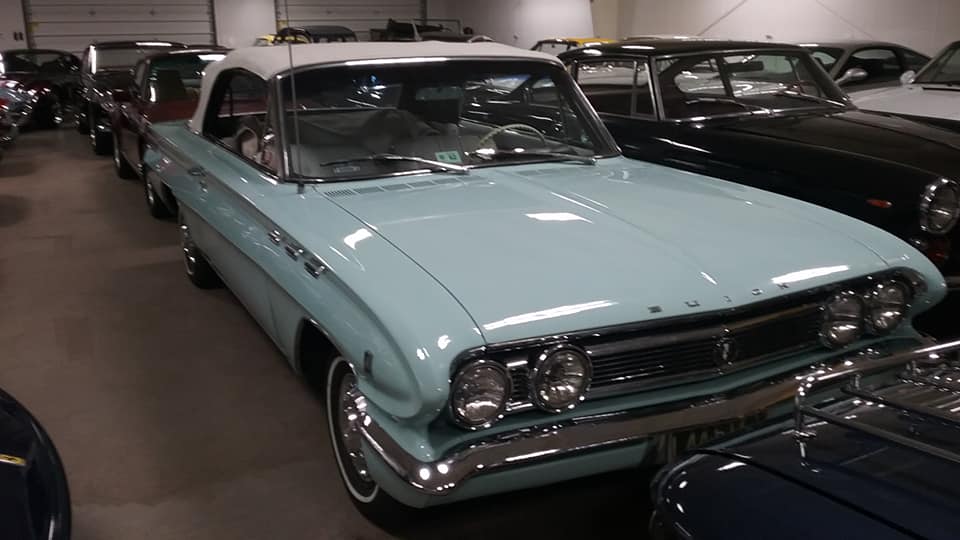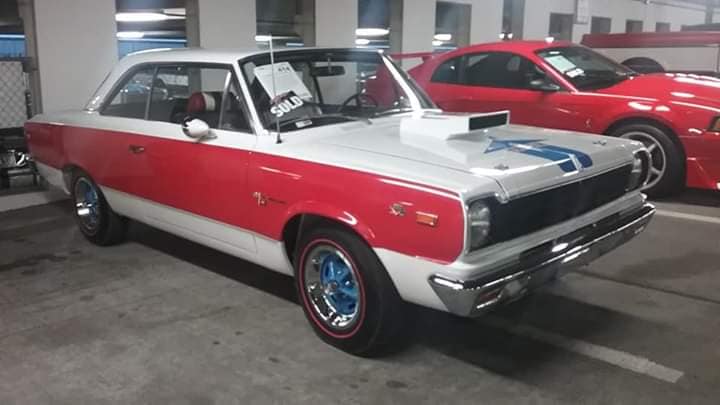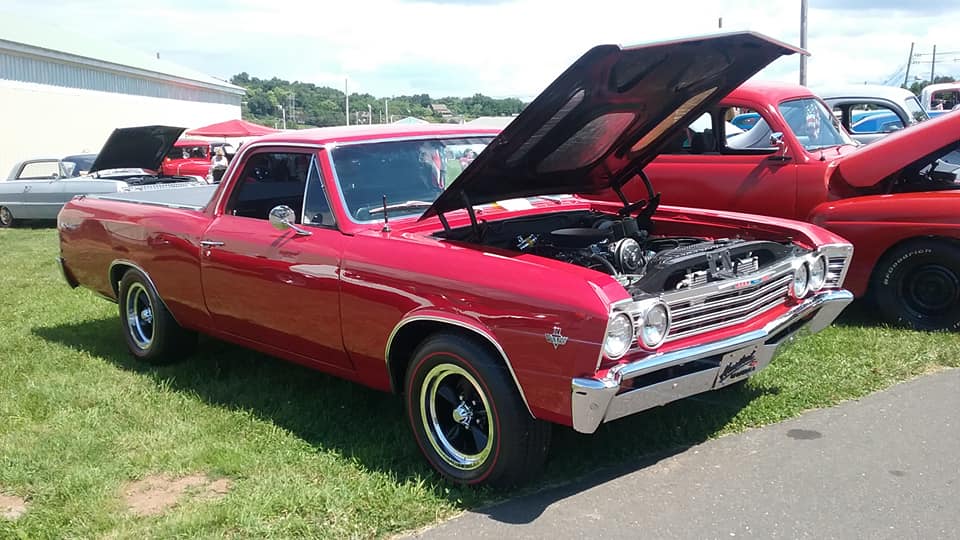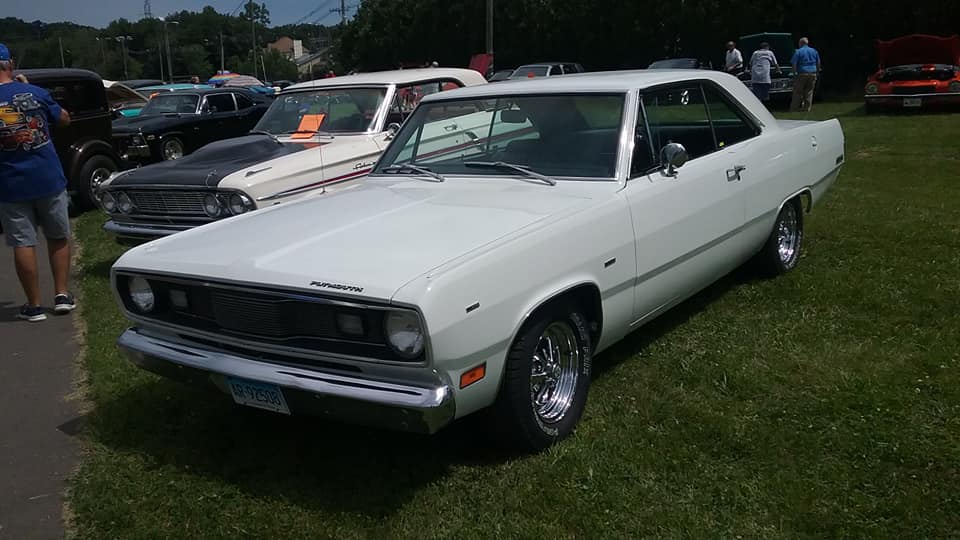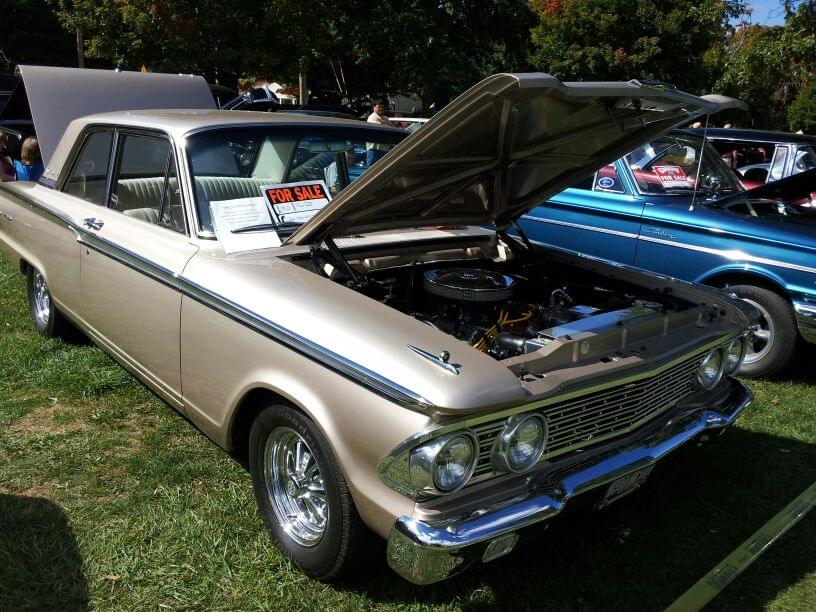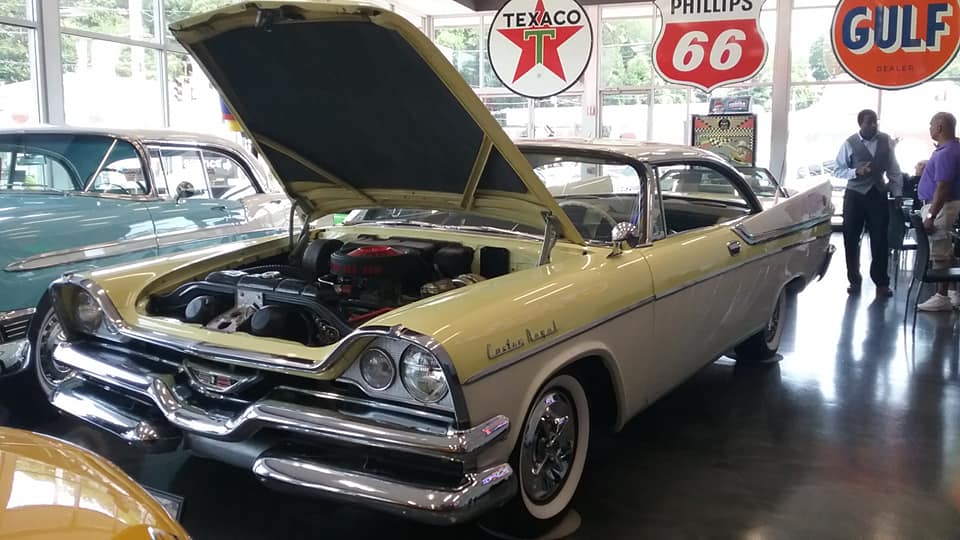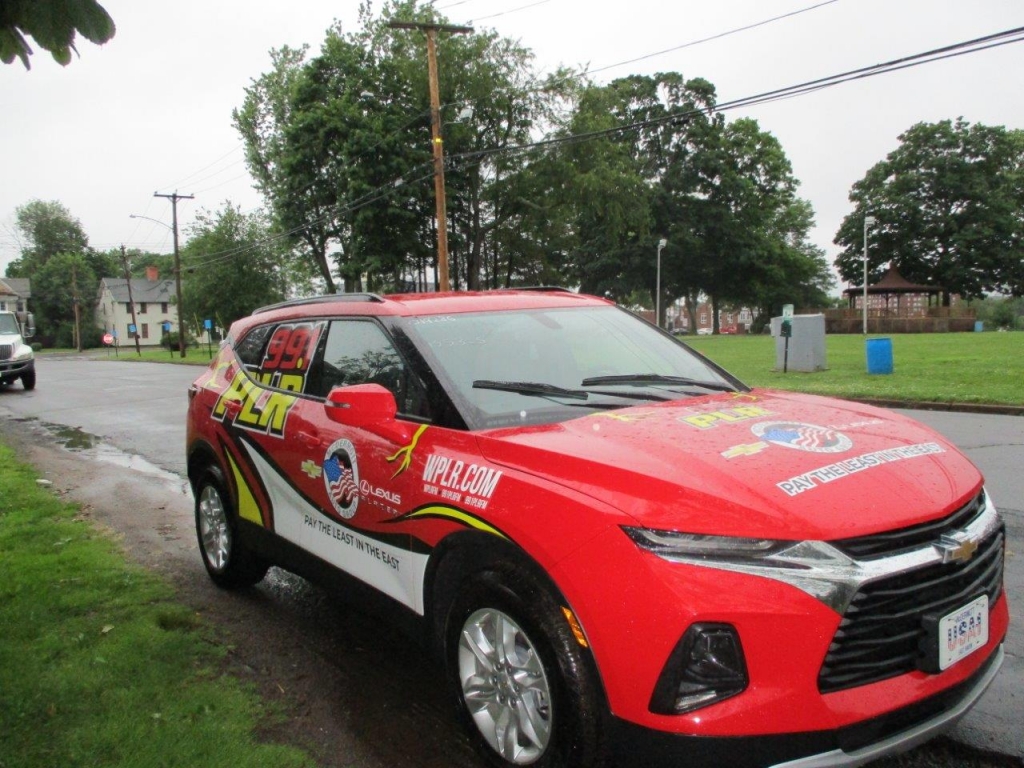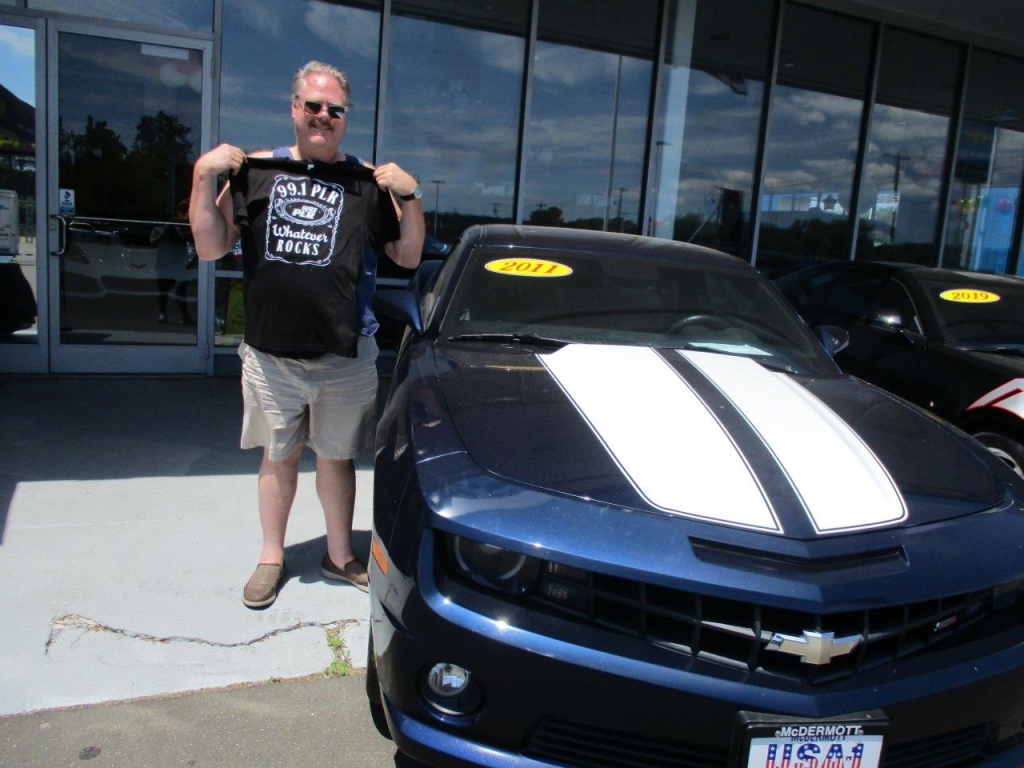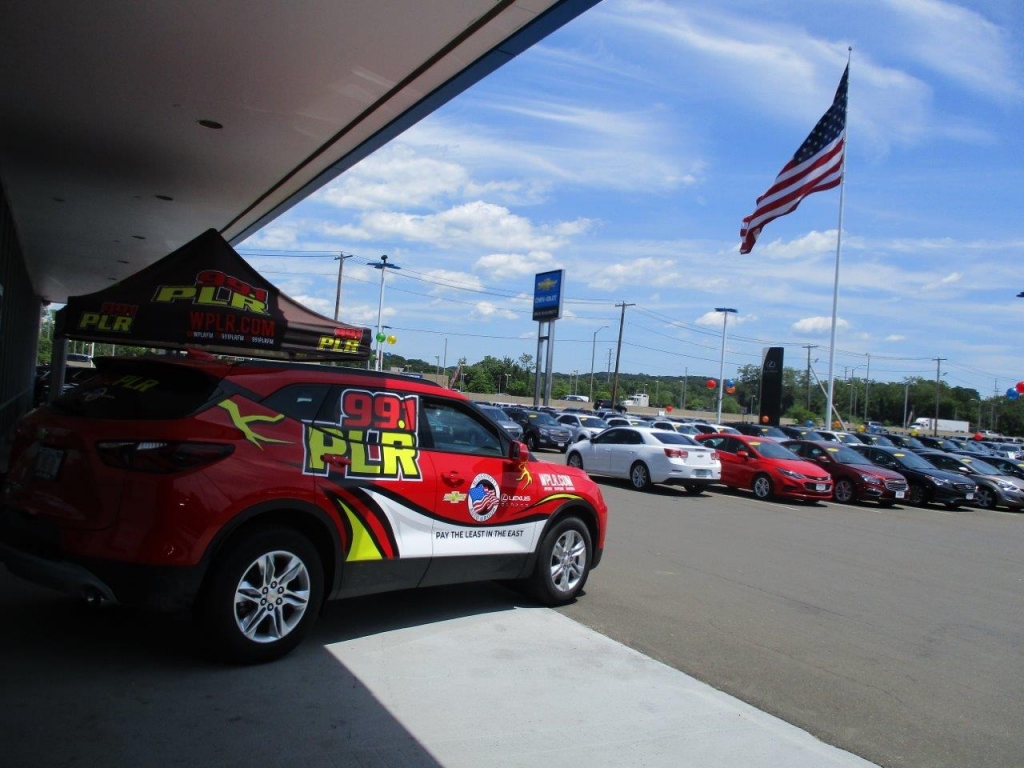6:00. Where is Connecticut on the list of best and worst states to start a business?
6:13. Sports Powered by Road Ready Used Cars.
6:20. Peter Houlahan tells us about the most dramatic bank robbery in U.S. history.
6:30. What if you were going to rob a bank?
6:40. Any bank robbers listening?
7:00. And now…a dog in West Haven is brutally murdered.
7:13. Sports Powered by Road Ready Used Cars.
7:20. Dumb Ass News. No honey shaking in church.
7:30. Ashley’s peace toes. Normal or weird? Dr. McHugh is in studio!
7:40. Person with the weirdest toes gets Nickleback tickets. Call us at 877-764-2535!
8:00. The missing mom case brings back bad memories for this Tribe member.
8:13. Sports Powered by Road Ready Used Cars.
8:20 – 8:40. Fotis Dulos’ divorce attorney is on the phone.
9:00. A 19 year old saves a bikers life. He’s on the phone!
9:13. Sports Powered by Road Ready Used Cars.
9:20. Dumb Ass News. Road rage and gun turns bad for this husband.
9:30. AJ hates squirrels.


